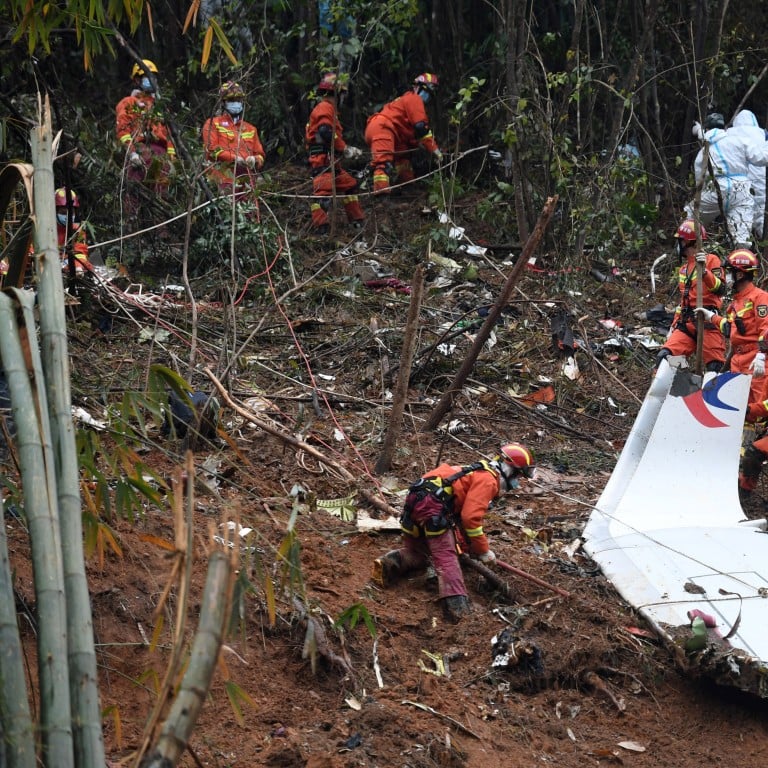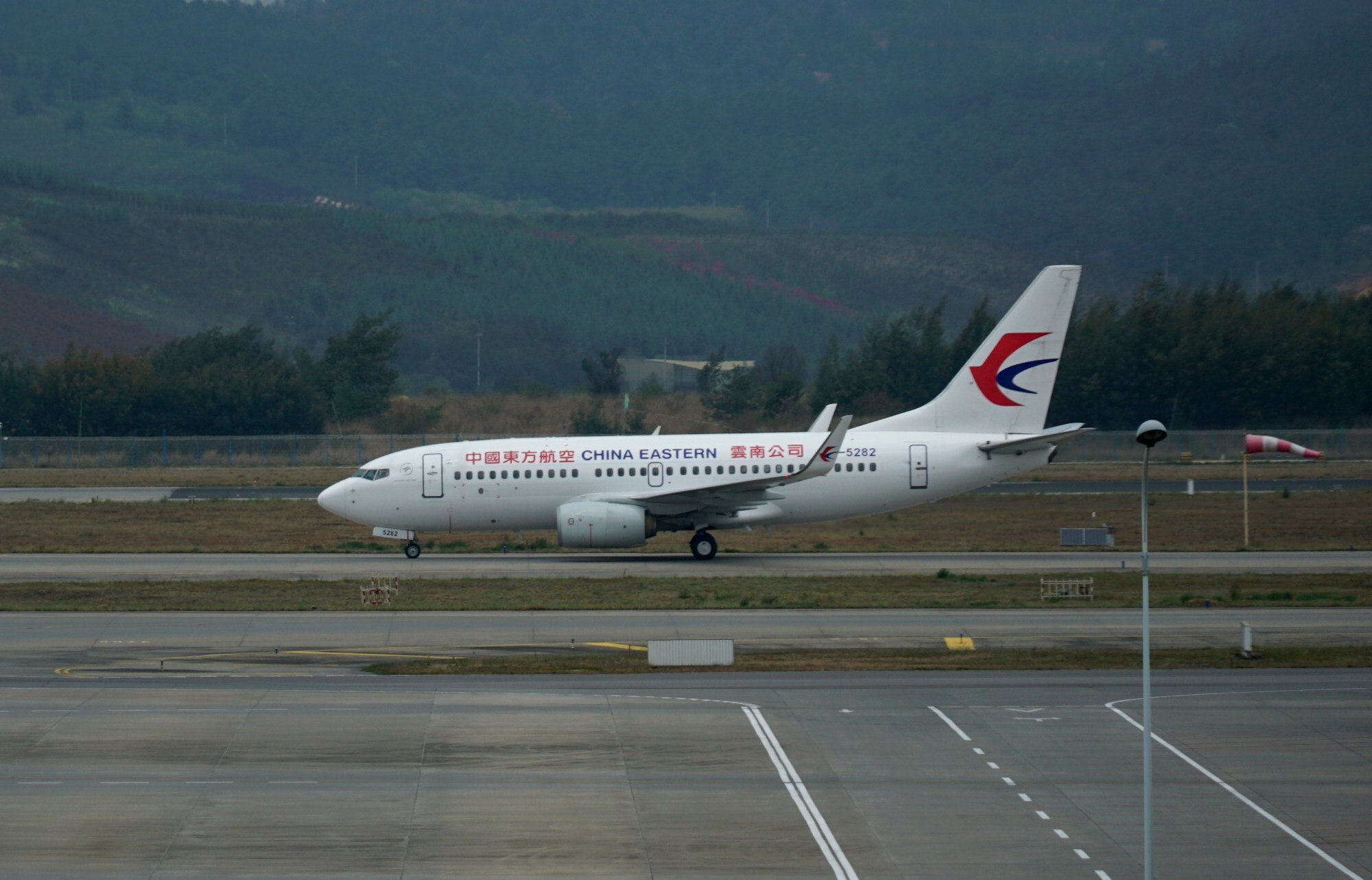
Explainer | China turned around its air safety record, but how safe is it?
- Last week’s China Eastern crash shocked a nation that had not seen a fatal accident in a decade
- Airlines improved safety measures after a string of deadly disasters in the 1990s and early 2000s
The accident spelled an end to more than 100 million straight hours of safe flying by Chinese carriers, which the Civil Aviation Administration of China (CAAC) said in late February was a world record.
It was a rare tragedy after a fairly safe decade for the country’s aviation sector.
How safe is flying in China?
Prior to the China Eastern crash, there had been practically no major civil aviation incidents in China in the past 10 years, said Zhu Tao, the aviation safety director at the CAAC.
Like other countries, China is bound by the Convention on International Civil Aviation, also known as the Chicago Convention, that sets out standards to ensure safety no matter which nation’s airline is operating a flight. For example, it requires the CAAC to release a preliminary investigation report 30 days after an aircraft accident.
The overall accident rate of large commercial aircraft operating in China from 2008 to 2021 was also vastly below the global rate, according to the International Civil Aviation Organization (ICAO), a specialist UN agency.
Last year, there were an average of 0.57 accidents worldwide and 0.69 among US planes per million commercial departures on planes heavier than 5.7 tonnes, ICAO figures show. There were no incidents involving Chinese commercial aircraft in this category in 2021.
How common are aviation incidents in China?
Accidents and hijackings were much more common in the past.
In the 1980s, there were 17 incidents that threatened the safety of commercial passenger flights operated by Chinese carriers, according to data from the US-based Flight Safety Foundation. In the 1990s, there were 31 incidents, with over half of those being hijacks.
But despite more flights operating in China in recent years amid growing demand for air travel, only 15 accidents were recorded in the 2000s and only eight occurred in the 2010s.
The rarity of major accidents, let alone fatal disasters, made the crash of China Eastern flight MU5735 – which killed 123 passengers and nine crew – all the more shocking.
It was the deadliest aviation disaster in China since 1994, when all 160 people on China Northwest Airlines flight WH2303 died when the plane crashed after taking off because of a mechanical failure caused by poor maintenance.
Why did flights in China get safer?
China learned from fatal disasters in the 1990s and early 2000s, said Chrystal Zhang, an associate professor at RMIT University in Melbourne who studies Chinese aviation policies.
“Definitely the government had realised that safety should be the priority of the operation of the whole industry,” she said. “That kind of impact on the society, the confidence of people travelling and also the economic development, which was the goal of the government at the time, was negative.”
Industry conditions also played a part, Zhang said. At the time, the airline sector was growing exponentially, resulting in a shortage of professionals – from pilots and air traffic controllers to mechanics – and training new blood would need time.
In response to both the high-profile air disasters and competition for aviation professionals, authorities tightened approvals of new airlines at a time when low-cost carriers were piling into the market.
“In the aviation community, people tend to talk about this dilemma that if you focus too much on the profit, you perhaps could overlook the safety requirements. That kind of tension always exists,” Zhang said.
But the competition for domestic approvals as well as the need to compete with foreign carriers drove Chinese airlines to improve their safety measures, she added.

What is China doing differently?
China’s so-called Big Three airlines that dominate the country’s airspace – Air China, China Southern Airlines and China Eastern Airlines – are all state-owned.
According to the CAAC, 69.3 per cent of transport turnover among Chinese carriers was from the three airline groups in 2019, the year before the Covid-19 pandemic hit. In 2020, they accounted for 68.2 per cent of turnover.
China’s cabinet, the State Council, oversees the three airlines, which Zhang said was good for ensuring operational safety.
Unlike some civil aviation regulators of other countries, the CAAC both regulates the aviation market and oversees flight safety.
“That kind of control, oversight and management is very well developed,” Zhang said, also noting that the CAAC’s structure, with seven regional administrations, made it effective in exercising its regulatory power.

